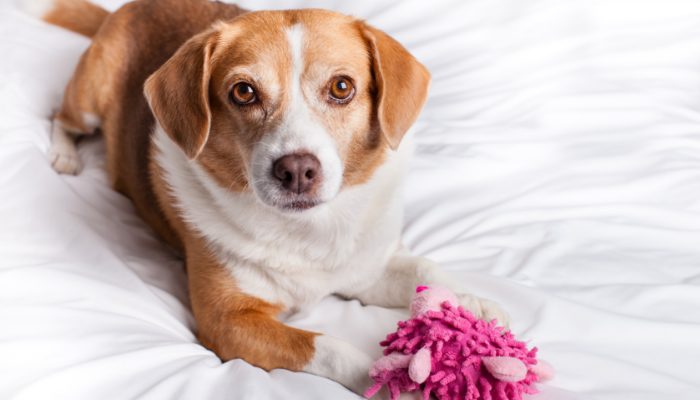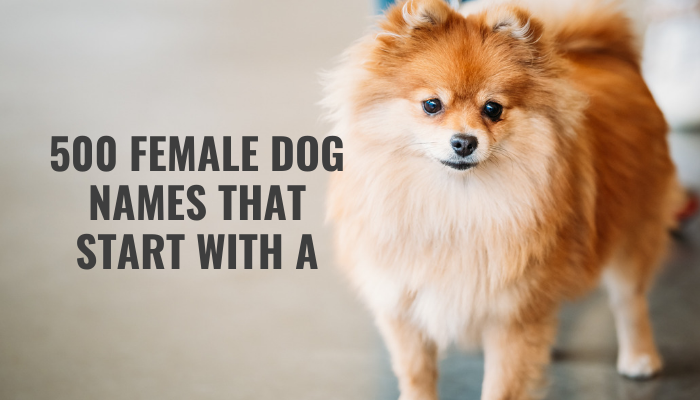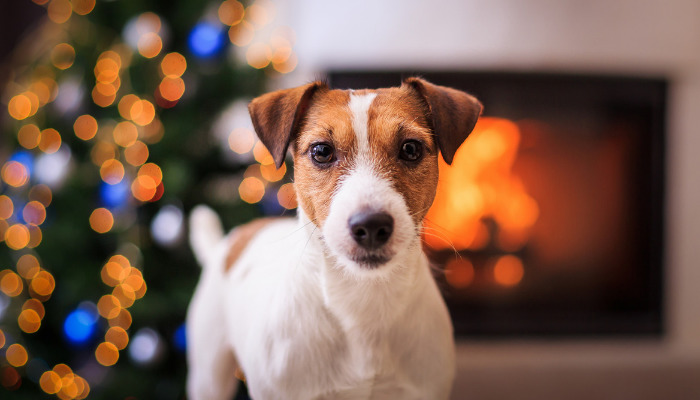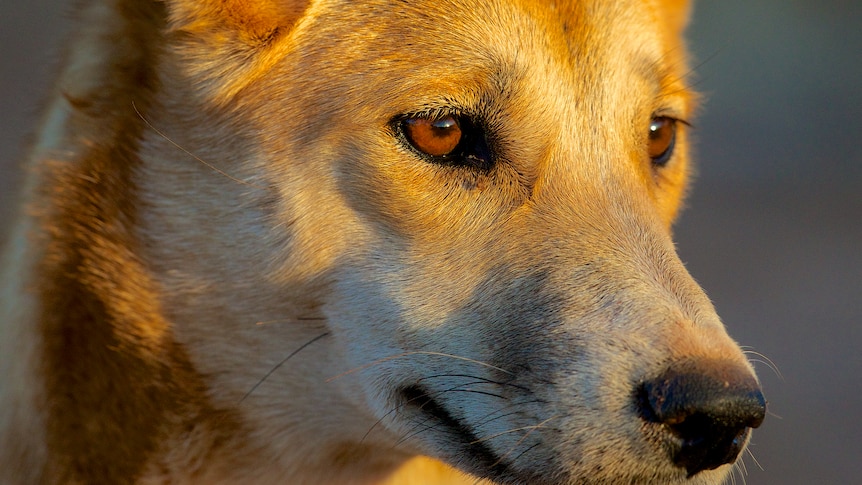
Each spring and autumn, farmer Mitchell Clapham used to traverse the 1,000 hectares of his property to set about 3 kilometres of poison bait for wild dogs.
Key points:
-
NSW government data on wild dog predation shows minimal livestock losses
-
The DPI alone spends about $300,000 a year on wild dog control programs
-
Recent research shows the predation issue could be a dingo problem, not an invasive species issue
Until he erected an exclusion fence around his property at Ilford, 220 kilometres north-west of Sydney, about 18 months ago, he had been setting baits for 10 years.
“It took me at best half the day just to go out to the periphery and set them, after having spent another half a day organising the meat and getting the ranger out to lace it,” Mr Clapham said.
“We haven’t had any attacks since we got the fence.”
The NSW Department of Primary Industries (DPI) estimates that wild dogs cost the state’s economy more than $25 million a year, and that this figure is likely to be conservative.
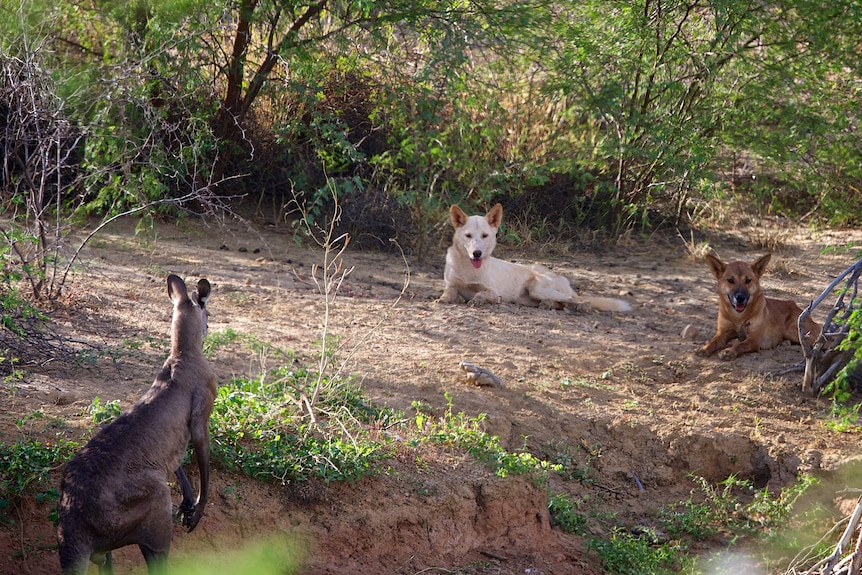
“Wild-dog impact estimates are conservative for two main reasons: the direct impacts of livestock attacks are under-reported, and it’s difficult to estimate indirect impacts such as enterprise substitution and disease risk,” the DPI said.
It spends more than $300,000 each year on wild dog management alone, with total state expenditure likely to be significantly higher as this doesn’t include programs run by National Parks or the Forestry Corporation.
But the government’s own data has some questioning whether it’s a worthwhile investment.
The National Parks and Wildlife Service embarked on the biggest feral animal eradication program in its history last year, and its expenditure numbers are not publicly available.
Spending numbers for NSW’s aerial culling and poison-baiting programs were also withheld in a Freedom of Information reply last year.

What the official data shows
Local Land Services (LLS) records from 10 of the 11 regions across the state repeatedly showed negligible numbers of livestock — cattle and sheep — being killed by wild dogs. The 11th region did not have comparable data.
In eight out of the 10 NSW LLS jurisdictions examined, the proportion of sheep and cattle killed by wild dog predation rarely exceeded 1 per cent of the area’s flock/herd per year and was often significantly lower than 0.1 per cent.
In the remaining two, the proportion of stock losses ranged from 2 per cent to 15 per cent between 2017 and 2019, but absolute stock loss numbers were still low.
Total livestock numbers in these jurisdictions were in the low thousands, compared to herds hundreds of thousands to millions-strong in the other areas.
Are wild dogs really feral?
In a landmark report released last year, University of New South Wales research led by Kylie Cairns found that the DNA of about 5,000 wild dogs studied was, in about 85 per cent of cases, more than three-quarters dingo.
And this is especially true in inland NSW.
Given these results, she contends the animals are a native species, not an invasive one.
Ernest Healy, secretary of the Association for the Conservation of Australian Dingoes, successfully lobbied to get the dingo protected as a threatened species in Victoria in 2008.

He says the NSW government’s data on the cost to agriculture from wild dog predation doesn’t add up.
“Using the government’s own data, the problem of stock losses in both Victoria and NSW to so-called wild dog predation is marginal at best,” Dr Healy said.
Asked how that compared to the $25 million figure cited as the cost to NSW’s agriculture, he said:
A need for transparency
Dr Healy said it was very difficult in most states, including NSW, to get information from the government about wild dog control spending that wasn’t fragmentary.
In a period of climate change and environmental instability, all the available information about our policies, scientific and financial, should be a matter of public record,” he said.
As for the under-reporting in the state’s livestock loss figures, he said the government made no real attempt to address it.
“If they’ve done nothing to correct that in all this time, then I would claim there’s been negligence,” Dr Healy said.
